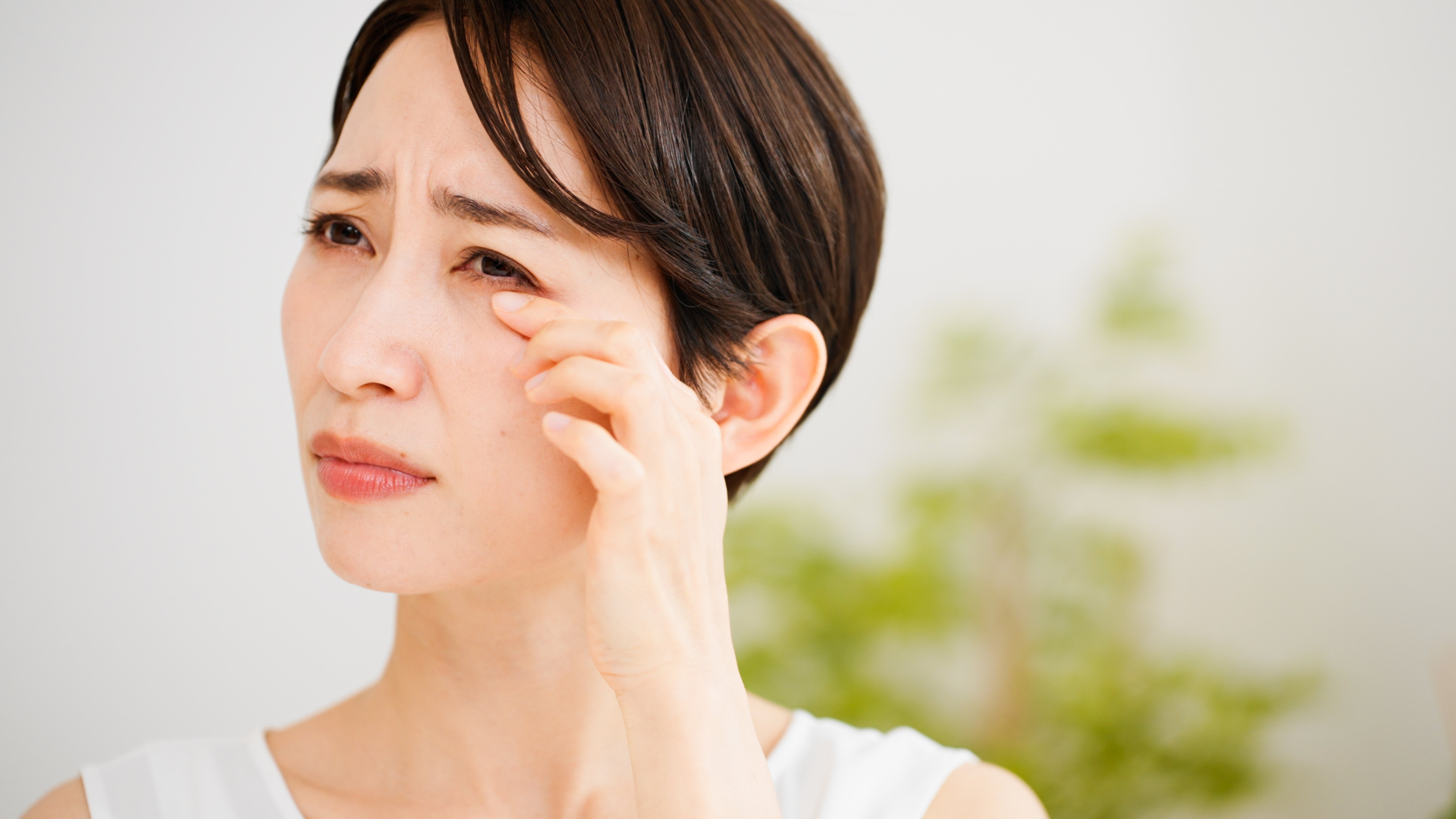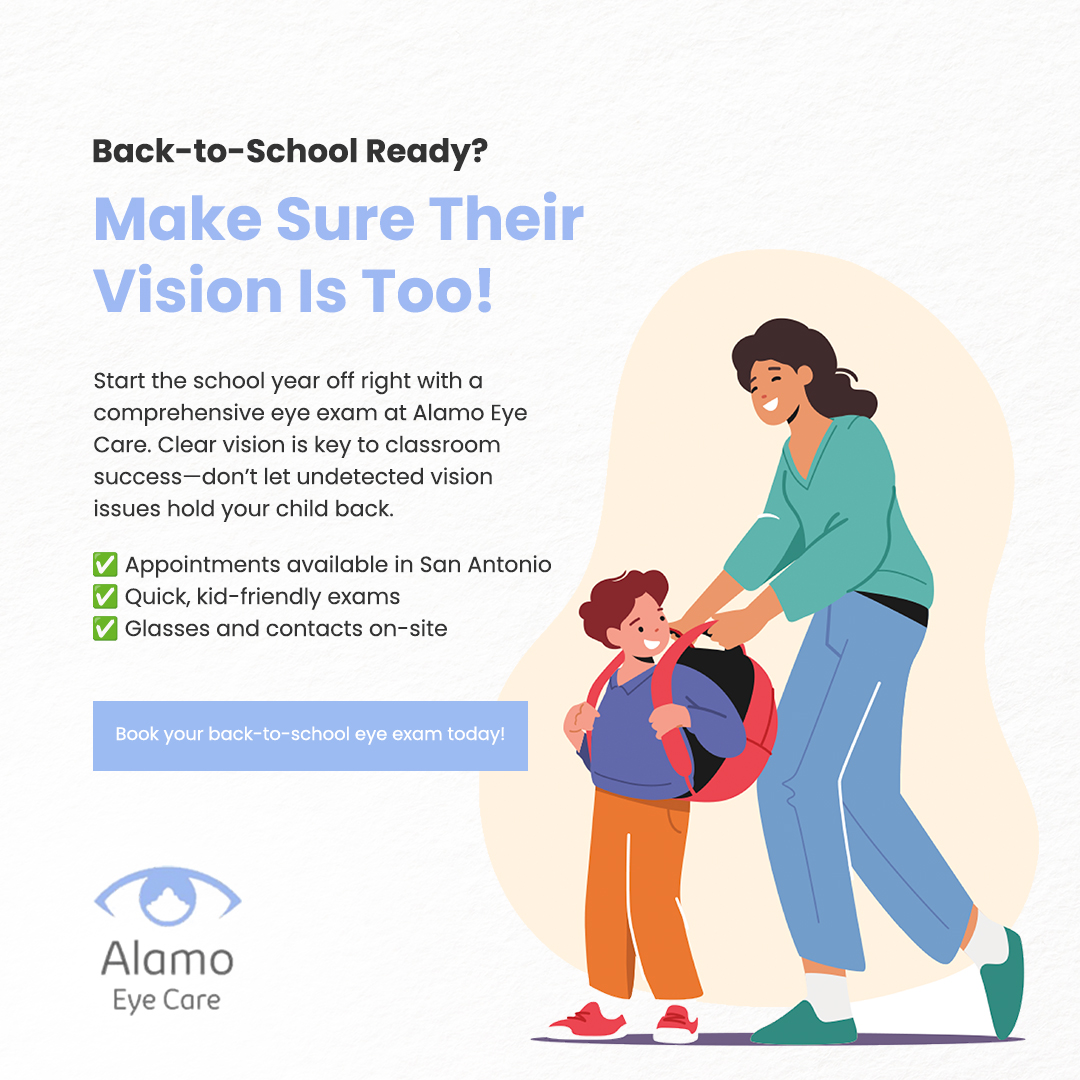
Seasonal allergies and dry eye syndrome can confuse eye doctors and patients alike, especially in the absence of clear information. The main reason for the confusion is the similarity of the symptoms and poor recall of the first time the condition occurred. Both conditions cause eye discomfort under similar situations. However, the root causes of the two conditions are different, as are the key symptoms.
What Is Dry Eye Syndrome?
Dry eye syndrome is a relatively common condition that causes dryness of the eyes, often leading to other uncomfortable symptoms. Eye dryness usually occurs due to the inability of the tears to lubricate the eye’s surface sufficiently. There are two primary forms of dry eye—evaporative dry eye and decreased tears dry eye—each with a different cause.
Evaporative Dry Eye
This condition usually occurs when you have an unstable tear film that does not last as long as it should. The tear film consists of different layers; the topmost layer is the oily or lipid layer. This layer prevents rapid tear film evaporation and protects the other two layers.
Decreased Tear Dry Eye
The middle layer—the aqueous/water layer—is the most voluminous. When your eyes fail to produce enough of this layer, the eye surface will lack lubrication. The reason for this can vary, and the impact can be prolonged or short-term.
Causes of Dry Eye
Age
Some medical conditions
Smoking
Contact lenses
Side effects of medications like antidepressants and antihistamines
Digital eyestrain
Laser surgery
Seasonal Allergies
Seasonal allergies occur when your eyes react to foreign substances or objects. The reaction often leads to the release of histamines, the body’s way of fighting foreign objects or substances.
Some of these substances are not harmful to your body, but your body cannot tell the difference. The histamines lead to eye inflammation and other symptoms common with seasonal allergies.
Causes of Seasonal Allergies
The season when you experience allergies can help you identify what causes it. For instance, if you experience allergies during fall or spring, you may be allergic to pollen from ragweed or trees. Some people experience allergies all year round, which may point to other aggravators. Some common causes are dust mites, pet dander, smoke, mold, fragrances, or perfumes.
What Is the Difference Between Dry Eye Syndrome and Seasonal Allergies?
The main difference between dry eye and seasonal allergies is the causes and some of the symptoms. With dry eye, one of the key symptoms is dryness and feeling a burning sensation after. You are also likely to develop redness and vision problems like sensitivity to light and blurry vision when untreated.
Seasonal allergies cause most of the same symptoms as dry eyes, like redness and discomfort. But they usually cause itchiness, symptoms only characteristic of eye allergies. The itchiness can be very severe, leading to redness and extreme discomfort.
For more on whether you have dry eye or seasonal allergies, visit Alamo Eye Care at our office in San Antonio or Austin, Texas. Call or text (210) 403-9050 to book an appointment today.








